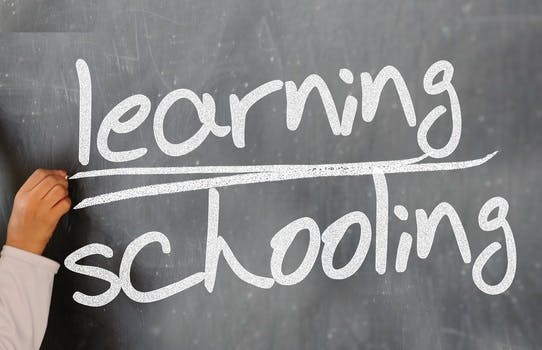
Buy cheap and genuine Windows 7 product key |
Windows 7 Product Key for Windows 32bit/64bit Updated 2016y |
Windows 7 Ultimate ISO download |
Windows 7 Product Key Generator 32 bit and 64 bit Full |
Legit Windows 7 Product Key Online Store, PayPal Support |
Windows 7 Ultimate with Service Pack 1 Product Key,Windows 7 Key Sale |
Windows 7 Key |
Get Free Windows 7 Product Key |
windows-10-education-key
windows-10-enterprise-key
office-2010-key
windows-7-key-sale
windows-10-home-key
windows-10-activation-key
windows-10-pro-key
office-2016-key
windows-10-key
office-2013-key
windows-10-iso
windows-7-key
windows-10-product-key
Imagine that you are driving on the highway on your way to visit an old friend. The area is new and unfamiliar. Your GPS has lost satellite reception so you’re forced to rely on the notes that you hurriedly jotted down during the last conversation that you had with your friend before heading out.
How are you driving?
If you are like me, you are a bit tenser than normal, seated further forward in the chair than you usually would be. You drive slower than you would prefer (10 miles or so below the speed limit) as your eyes scan to and fro looking for signs that you have reached the next turn.
You have tucked your phone neatly away, not wanting to be distracted by anything at all. Cars are beginning to pile up behind you or zoom around you, drivers muttering impatiently about their misfortune of having to share the road with this slow, clumsy foreigner.

Fast forward to a common classroom scene. The teacher begins her lesson by instructing students to open their books, to start working on the sheet in front of them, to look up at the Smart Board, or to begin some other task. Students dutifully listen or start on their tasks, not quite sure about the bigger picture and where this class is leading. The teacher did not state the instructional objective.
Stating the objective means that we tell the students what it is that we seek to achieve. It creates the plan and the motivation to fulfill it. We inform them of the academic goals (to identify three primary causes of the Churban; to be able to successfully complete 15 double-digit multiplication problems independently) and the behavioral expectations (to work cooperatively in order to achieve the stated outcome). We tell them about the necessary level of mastery (95% correct or some other figure) that will allow us to determine that the desired learning occurred and that it is time to move forward. We bring them into our thinking and let their minds wrap around the goals so they can concentrate better and see where everything is heading.
Of course, there is a place for suspense in the classroom. We like to lead our charges with an element of intrigue until it all “clicks” in their minds and all comes together. If we are teaching a narrative or some moral lesson, perhaps we prefer to hide some of the details so that children remain a bit “on edge.” Beginning every educational journey with a proverbial MapQuest list of step-by-step goals and a neatly defined outcome can remove some of the excitement associated with suspense and student discovery.
That said, let’s remember that our minds don’t really like suspense. At the least, they don’t process as well when they lack context or direction. The mind does best when it can piece things together, to make sense of the context and direction and “compartmentalize” information. Suspense may work well on the big screen, but it’s not as useful when the goal is skill or content mastery.
Control is something that we all seek. And while the quote below focuses more on students feeling in control over the learning process rather than being informed of the teacher’s instructional objectives, it remains clear that the more we can bring students into the conversation by giving them insight into the what, how and why of the learning process, the more that they will become engaged in it.

People want control. It’s a basic need for survival… If we are in control… we are free to learn, create and grow. The easiest way to allow students to feel control in the classroom is through choice. When students get to make choices in a classroom, they feel in control. When they feel in control, they take ownership of the activity and the behaviors…” (Kathie F. Nunley, Layered Curriculum, 2001, Morris Publishing)
As we plan our next lesson, let’s keep in mind that our students do best when they are given control. This is achieved most comprehensively through process and product differentiation and layered curricula. Minimally, it can also be addressed by telling our students what we will be doing, the reason for setting such aims, and the indicators that will demonstrate that we have achieved what we set out to do. Not only will such a process help students feel more involved and committed to the learning, but it will assist them to cognitively process the information and skills that you wish to impart.
Rabbi Naphtali Hoff is President of Impactful Coaching & Consulting. Rabbi Hoff served as an educator and school administrator for over 15 years before becoming an executive coach and consultant. Read his blog at impactfulcoaching.com/blog. He can be reached at 212.470.6139 or nhoff@impactfulcoaching.com



















